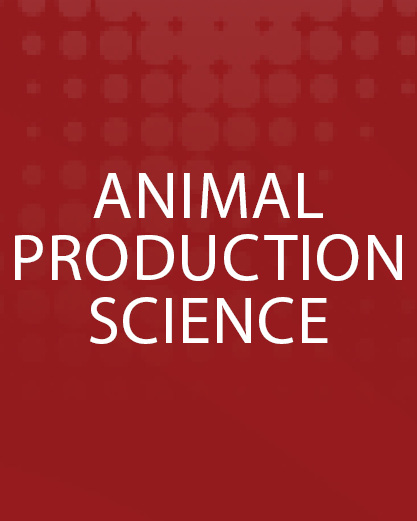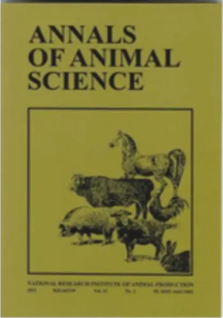Document type : Scientific review published in Animal Production Science.
Authors: Ellen C. Jongman, Andrew D. Fisher
Preview: Euthanasia of an animal requires that its death occurs in as humane a manner as possible. There are three key scenarios for euthanasia in the egg industry: the humane destruction of day-old male chicks, euthanasia of individual birds, and the depopulation of flocks for disease control or because conventional transport and slaughter is uneconomic. For day-old chicks, instant mechanical maceration, although conditionally humane, presents a public perception problem. Submerging in CO2 gas is less confronting but is thought to be aversive to animals unless more expensive and harder to manage inert gases are incorporated. Future technologies involving pre-hatching sex determination or sex selection may largely solve the problem when fully developed. For the euthanasia of individual birds within the flock, manual cervical dislocation has been shown to be humane when performed by trained personnel who are willing to perform the procedure. Penetrating and non-penetrating mechanical devices that cause irreversible brain trauma are becoming more available and represent a humane alternative to cervical dislocation when properly placed and maintained. These devices may be less confronting for some staff to use than is cervical dislocation. For whole-flock euthanasia, the overwhelming requirements of disease control and public safety may override considerations of euthanasia. Whole-shed CO2 (or other gas combinations) and foam-based alternatives can be used, but have challenges in commercial settings. Modified atmosphere killing units or low atmospheric stunning systems are alternatives that overcome some of these practical problems, but do require birds to be handled.





